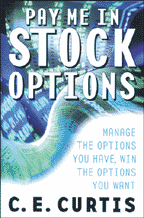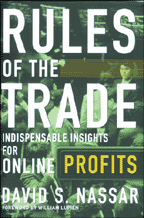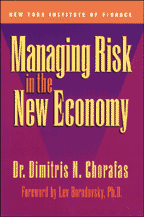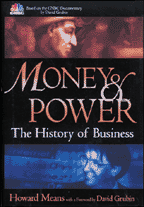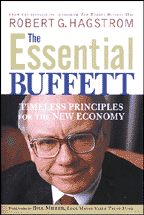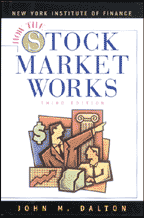 |
 How The Stock Market
Works, third edition (422 pages, $30 hardcover, 2001, ISBN 0735201838),
by John M. Dalton, published by the New York Institute of Finance. The
stock market is an important part of all of our lives. With the arrival
of electronic trading, the world's stock exchanges, old and new, will ultimately
be linked together, allowing individuals and institutions to purchase and
sell securities, at fair and competitive prices, almost instantly. This
classic guide to the markets has been thoroughly updated and expanded to
reflect the latest changes. The author explains the inner workings of the
securities industry, who's who in the brokerage firm, and the basics of
back-office operations. He also shows you how to decipher the financial
press, how dividends and capital gains are taxed and their impact on your
portfolio, and how to analyze your portfolio. How The Stock Market
Works, third edition (422 pages, $30 hardcover, 2001, ISBN 0735201838),
by John M. Dalton, published by the New York Institute of Finance. The
stock market is an important part of all of our lives. With the arrival
of electronic trading, the world's stock exchanges, old and new, will ultimately
be linked together, allowing individuals and institutions to purchase and
sell securities, at fair and competitive prices, almost instantly. This
classic guide to the markets has been thoroughly updated and expanded to
reflect the latest changes. The author explains the inner workings of the
securities industry, who's who in the brokerage firm, and the basics of
back-office operations. He also shows you how to decipher the financial
press, how dividends and capital gains are taxed and their impact on your
portfolio, and how to analyze your portfolio.
New York Institute of Finance, an imprint of Prentice Hall
Press
Penguin Putnam Order Department
800 788-6262, fax 201 896-8569
https://www.phdirect.com
BACK TO LIST |
